
Child labor in Myanmar continues to be a concern for one of the poorest nations in Asia. It is estimated that 1.13 million children, ages 5 through 17 work as laborers in Myanmar. This amounts to 9.3 percent of the child population. Said conditions are a violation of human rights and deprivation of well being.
Impact of Poverty
The prime factor of involvement of children in the workforce is poverty. With more than 32 percent of the nation living below the national poverty line, children work to supplement low household incomes.
However, employers exploit children and pay extremely low rates. In some cases, children as young as 14, working in garment-producing factories, make as little as 17 cents per hour; Yet, the nation’s minimum wage is $3.60.
Government Involvement in Child Trafficking
In August 2017, it was estimated 690,000 people fled from Myanmar due to acts of violence caused by the Myanmar government. Of those, nearly 400,000 were children.
In Myanmar, there is an abundance of trafficking, with little to no intervention. Frequently, the displacement of young girls to China is due to trafficking, for work, or marriage to Chinese men as child brides.
Additionally, Myanmar also has the highest number of child soldiers globally. In these cases, young boys against their will have to comply with captor commands. These commands are in sync with militarization goals and tactics.
Impact of Child Labor
One prominent consequence of child labor in Myanmar is the lack of education among children. One in five children drops out of school in order to work. In Myanmar culture, it is socially acceptable and common to see children working, rather than in school. Also, children who are in the workforce usually have little awareness, nor education about their safety and health rights in the workplace, leading to a high risk of fatal injuries.
The agricultural industry employs 60.5 percent of children in the workforce. Construction and fellow small-scale industries also have a significant role in employing child laborers. Just over half of these children perform potentially hazardous work that is likely to harm their physical or psychological health. Children as young as 15 to 17 make up 74.6 percent of the child workforce exposed to hazardous jobs.
The Intervention of Child Trafficking in Myanmar
Although child labor in Myanmar is widespread, the government of Myanmar is addressing this issue with the support of the International Labor Organization (ILO). The Myanmar Program on the Elimination of Child Labor Project was a four-year program (2013-2017) funded by the U.S. Department of Labor, overseen by the ILO. The goals of this project were to increase awareness of children in the workforce while improving the legal and institutional laws concerning child labor.
The Myanmar government ratified the ILO Convention No.182 which prohibits the worst forms of childhood labor and is in the process of finalizing the country’s first National Action Plan. This proposal outlines ways to reduce child labor in Myanmar while improving the lives of the children all together.
Child labor in Myanmar is a prominent issue as it affects millions of lives. There is, however, a reason to be optimistic, as the Myanmar government and fellow organizations have begun prevention protocols, ensuring a better future for the children of Myanmar.
– Marissa Pekular
Photo: Flickr
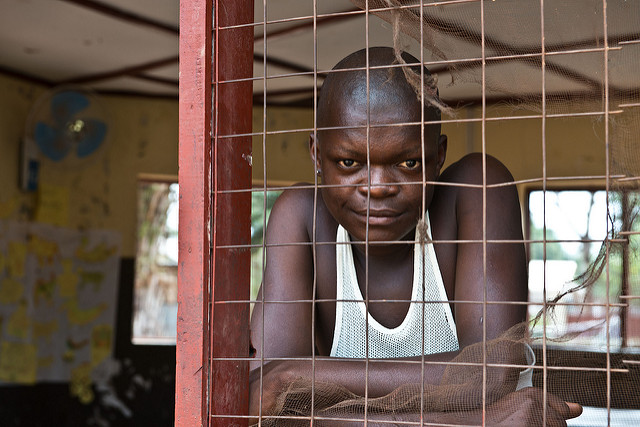
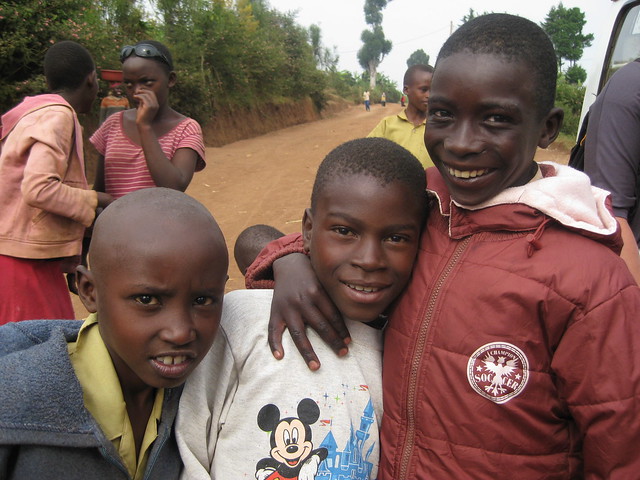

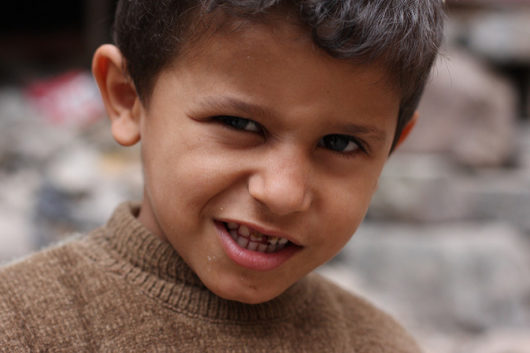

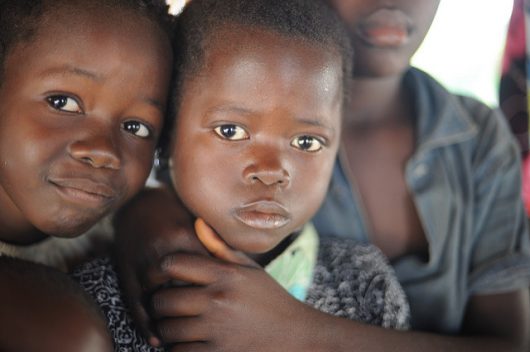 For Western civilizations, it is hard to comprehend the usage of children as soldiers for different purposes in other countries. It is hard even to imagine a child holding a gun. However, child soldiers are a very real epidemic in most of the African continent. This problem is prevalent in the Democratic Republic of the Congo (DRC) in Central Africa. In order to better understand the situation in this country, in the text below the top 10 facts about the child soldiers are presented.
For Western civilizations, it is hard to comprehend the usage of children as soldiers for different purposes in other countries. It is hard even to imagine a child holding a gun. However, child soldiers are a very real epidemic in most of the African continent. This problem is prevalent in the Democratic Republic of the Congo (DRC) in Central Africa. In order to better understand the situation in this country, in the text below the top 10 facts about the child soldiers are presented.
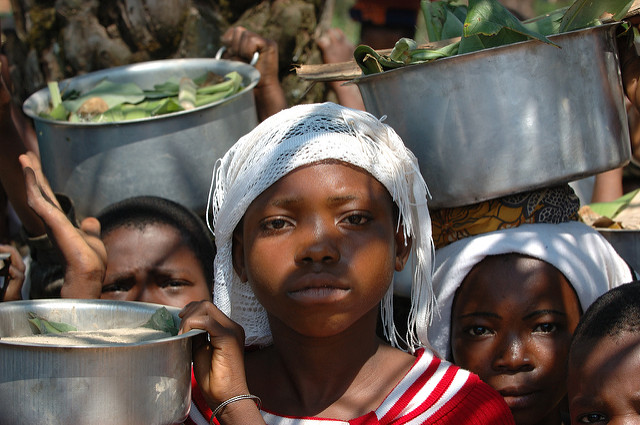 During the civil war in the Democratic Republic of the Congo (DRC), from 1998 to 2003, more than 5.2 million children did not receive an education. Although the situation has improved since then, the legacy of the war remains, especially its effect on the female population.
During the civil war in the Democratic Republic of the Congo (DRC), from 1998 to 2003, more than 5.2 million children did not receive an education. Although the situation has improved since then, the legacy of the war remains, especially its effect on the female population.